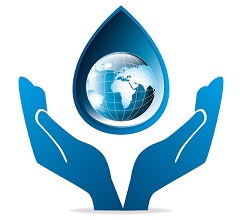Teachable Moment: Green Ribbon Schools
/
This year, for the first time, I served as a NJ reviewer for the U.S. Department of Education's Green Ribbon School Awards. It was thrilling. I never really understood the value of points and awards as incentives to engage folks and improve practice. I am a believer now. In this program, a Green School is defined as having three pillars of excellence: Pillar ONE: Reduced Environmental Impact and Costs; Pillar TWO: Improved Health and Wellness, and Pillar THREE: Effective Environmental and Sustainability Education. The criteria for Pillars ONE and TWO are comprehensive, and here in NJ, we are working on Pillar THREE to make it as robust as the first two.
The most interesting part of the process for me was the discourse between the reviewers about the subjectivity of the rubric. The rubric is a tool that guides the committee in reviewing the applications and is modified as the program evolves and grows. This year, we struggled with questions like, “What should we do if a school or district is trying hard and wants to reduce its energy use but has intervening circumstances, such as building a new building, finally getting air-conditioning, or dealing with particularly cold or hot weather the prior year? Could we give them points if they didn't actually reduce energy, even if we know for a fact that they are really, really trying? After much discussion, we had to conclude that evidence is evidence—no matter how hard you try.
It was a tough call. This is where the “different way of thinking” embedded in Education for Sustainability comes in. If a district wants to reduce energy AND build new buildings AND get air-conditioning, they should be able to do just that. But first, they need to change their mindset.
Once they:
- involve the children and young people
- calculate the budget of energy, time, bio capacity and money that they have to work with
- learn to tap the power of limits
- make small changes for the greatest effect
- eliminate waste
- set a goal of 80% reduction in CO2 emissions and then track their progress toward that goal
- think differently about how they are going to solve more than one problem at a time and minimize the creation of new problems
Then they can have it all—albeit not necessarily all at the same time.
Change the mindset, change the world.
- Jaimie Cloud, Founder, The Cloud Institute for Sustainability Education


